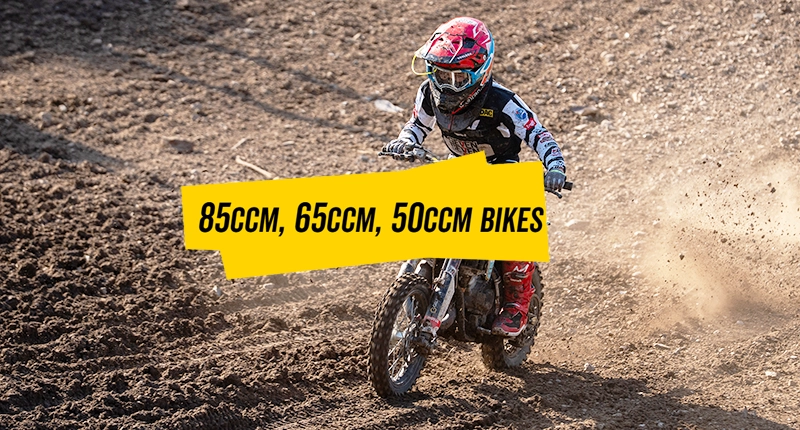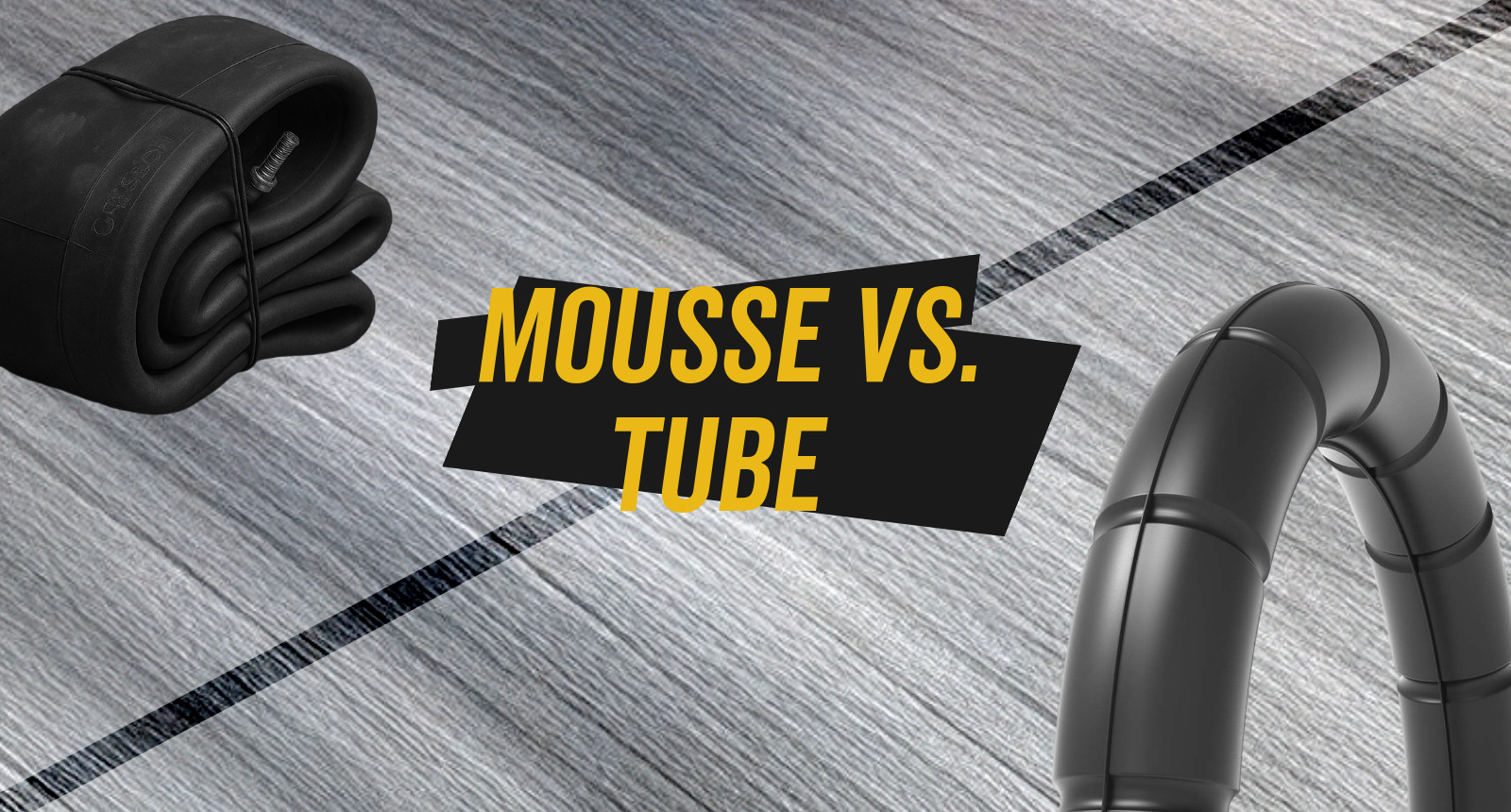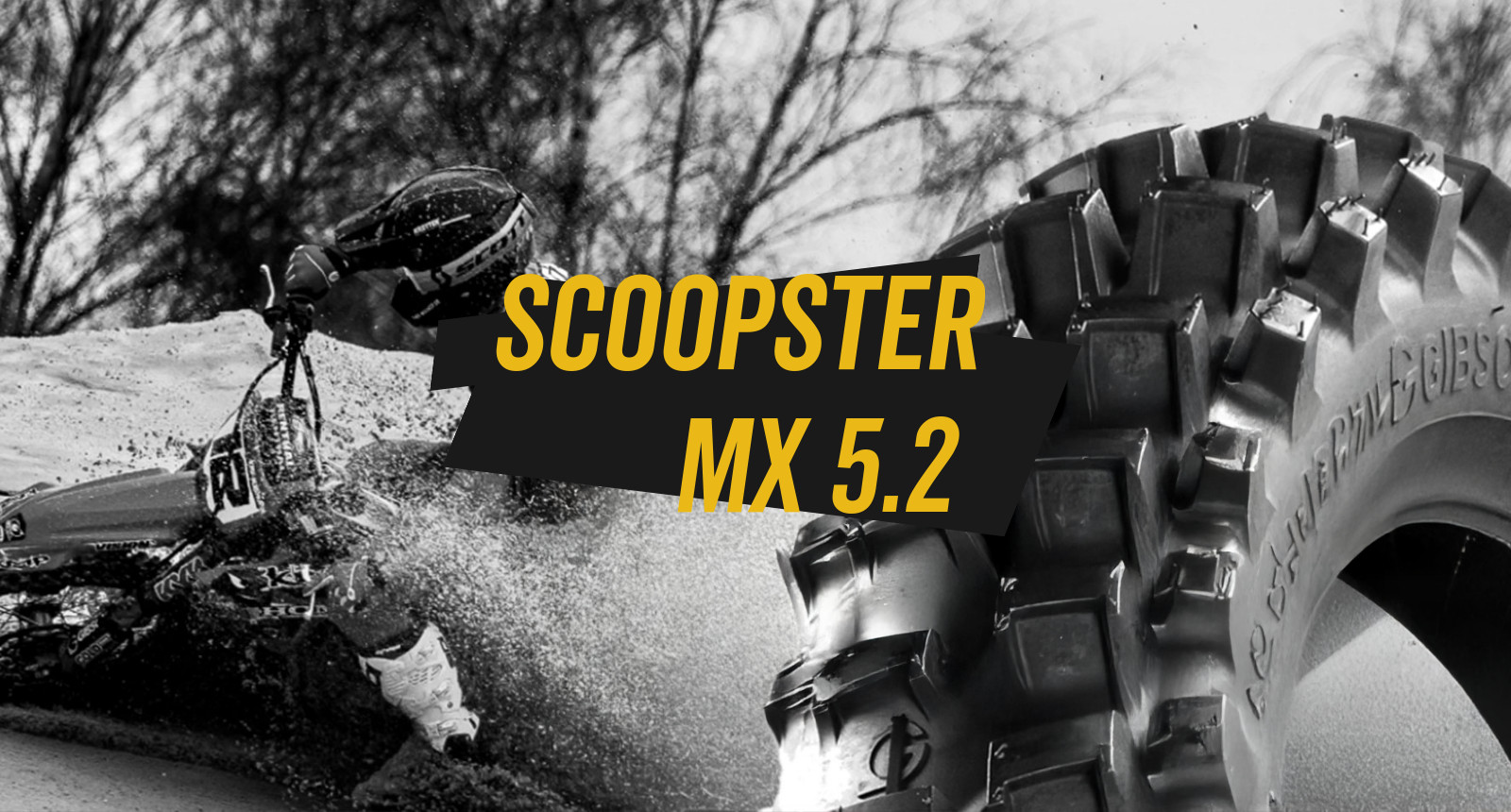Good to know
In our info blog, you'll find everything you need to know about motocross and enduro tyres – from choosing the right tyres to suitable training. Whether you're just getting started or already have experience on the track, we’ll show you what really matters when it comes to your equipment, where you can ride legally, and how to specifically improve your riding technique. Get started with us – for more performance, safety, and riding fun off-road!
Scooter Reifen Grabster S33 setzt neue Maßstäbe
Warum GIBSONTYRE Rollerreifen so gut zu Vespa-Modellen passen. Unsere Rollerreifen sind darauf ausgelegt, maximale Sicherheit, Komfort und Performance im urbanen Alltag zu bieten.
GIBSONTYRE JUNIOR – setting the standard for the next generation in MX sports
We are one of the few manufacturers in the motocross scene that is consistently committed to supporting young riders and develops MX kids’ tyres for 85ccm, 65ccm, and 50ccm MX bikes.
NEWS: Updates for all young racers – the new MX tyre BIG versions
Our kids’ MX tyres family is growing! The proven all-rounders 1.1 and 4.1 are now also available in the BIG version – specially designed for 65ccm and 85ccm bikes. More grip. More stability. More confidence on the track. Available now – ready to carve new lines with you.
NEWS. Der neue Scoopster wird der Lieblingsreifen der Motocross-Sportler
Der Scoopster setzt gerade neue Maßstäbe im Bereich der Sandreifen. Durch innovative Technologien, umfangreiche Tests und eine beeindruckende Erfolgsbilanz haben sie bewiesen, dass sie sowohl für professionelle Motocross Fahrer als auch für Nachwuchstalente die ideale Wahl darstellen.
MX Fitness: How a motocross rider stays in top shape!
Motocross & Muscles: How do MX riders really stay fit? Between dirt and dumbbells: The fitness routine of an MX rider.
Mousse vs. Tube – What’s the Best Choice for Racing?
When it comes to racing, one thing matters most: crossing the finish line without a flat. This is exactly where a tyre mousse has a clear advantage over a traditional tube.
Scoopster MX Tyre: The Sand Terrain Revolution
Developed in collaboration with Max Nagl, the Scoopster is the ultimate MX tyre for sandy tracks. It delivers maximum traction, precise handling, and outstanding performance – even under the toughest conditions. Tested, refined, and approved by one of the best.
Enduro or Motocross? How to Find the Right Tire for Your Riding Style
How to choose the perfect tire for your motorcycle. Enduro or motocross tires? Make the right decision based on your riding style, terrain, and bike.








